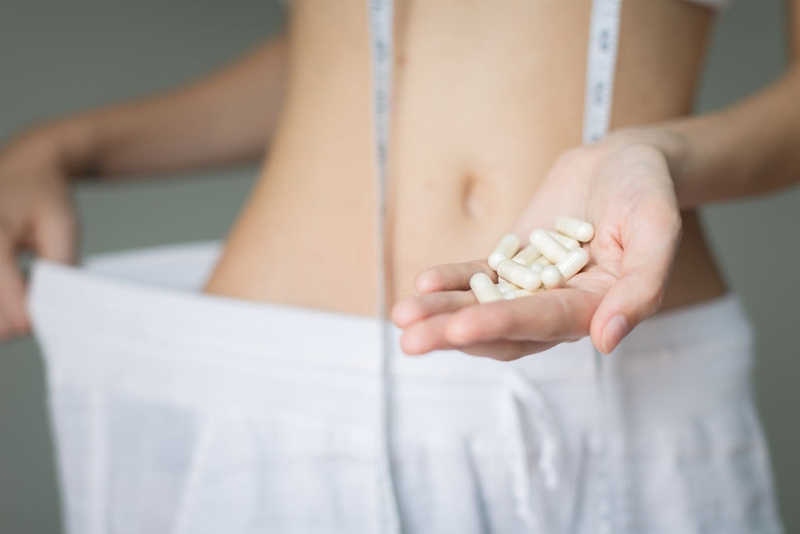“Good intestinal bugs,” says the author. The euphemism has been beneficial for probiotic bacteria as a marketing term. It gives consumers a slogan they can assimilate, put to memory, and return to when determining what kind of supplement regimen to adopt by summarizing their hallmark benefit in a snappy shorthand. probioticseverything.comprobiotic brands
And make no mistake: probiotics are gaining popularity among consumers. From 2020 to 2027, Meticulous Market Research forecasts a compound annual growth rate of 6.7 percent for the category, bringing the global market to an astonishing $76.7 billion in value. probioticseverything.com
The good-gut-bug shorthand, on the other hand, sells the bacteria short by focusing primarily on their advantages in the gut. “While it’s true that much foundational probiotic research focused on digestive benefits,” says George Paraskevakos, executive director of the International Probiotics Association (IPA; Los Angeles), “as scientists uncover more about the role of microbes in, on, and all around, they’re broadening their research scope to look into benefits beyond the gut.” probioticseverything.comprobiotic brandsprobiotic brands
As the science progresses, this is a signal to supplement companies to widen their awareness of how powerful probiotics are and how much potential they have to revolutionize formulations and human health. probioticseverything.comprobiotic brands
It all starts with the biome.
Vaughn DuBow, marketing manager for capsules and health components, Lonza (Greenwood, SC), feels that study into the human microbiome—all the microbial strains that live inside and operate as part of us—has enabled “our entire understanding of probiotics.” probioticseverything.comprobiotic brands
In fact, he credits microbiome research with “uncovering the world of potential that probiotics may one day have,” not just “uncovering the recognized benefits of probiotics.”
The awareness that “nearly every element of health is, in some way, tied to the bacteria in our gut, although their exact methods of action are still under investigation,” says Jennifer Montgomery, probiotics marketing lead, Americas, for IFF Health (New York City). probioticseverything.comprobiotic brands
“We’ll understand the health advantages of our present strains even better as research progresses,” she predicts, “and uncover other probiotic strains that boost health categories including metabolic health, brain health, vaginal and urinary-tract health, skin health, and more.” probioticseverything.comprobiotic brands
Ourselves, Our Strains
We’re already learning how probiotics affect systems in ways that were unthinkable only a few years ago.
“The mouth cavity, like the gut, maintains a rich and complex microbiota unique to everyone,” says Lucie Lingrand, international product manager, Lallemand Health Solutions (Mirabel, Canada). She goes on to say that those resident oral strains can operate as antagonists against opportunistic microbes, promoting oral immunity and overall health. probioticseverything.comprobiotic brands
Similarly, our dermal microbiome has gotten a lot of attention, and there’s now evidence that probiotics can help with skin health. “Specific gut strains activate a chain reaction that communicates with the skin,” Lingrand explains, effectively establishing a “gut-skin axis.” probioticseverything.com
There’s even a connection between the intestines and the liver: “Metabolic responses associated to liver health can be altered” when the microbiome is dysbiotic, according to Lingrand. More studies are demonstrating the favorable effects of probiotics on liver function via the bacteria’ impact on the gut-liver axis.”







